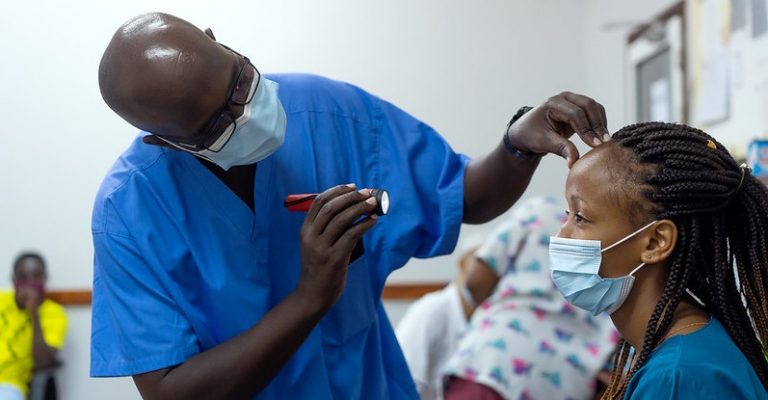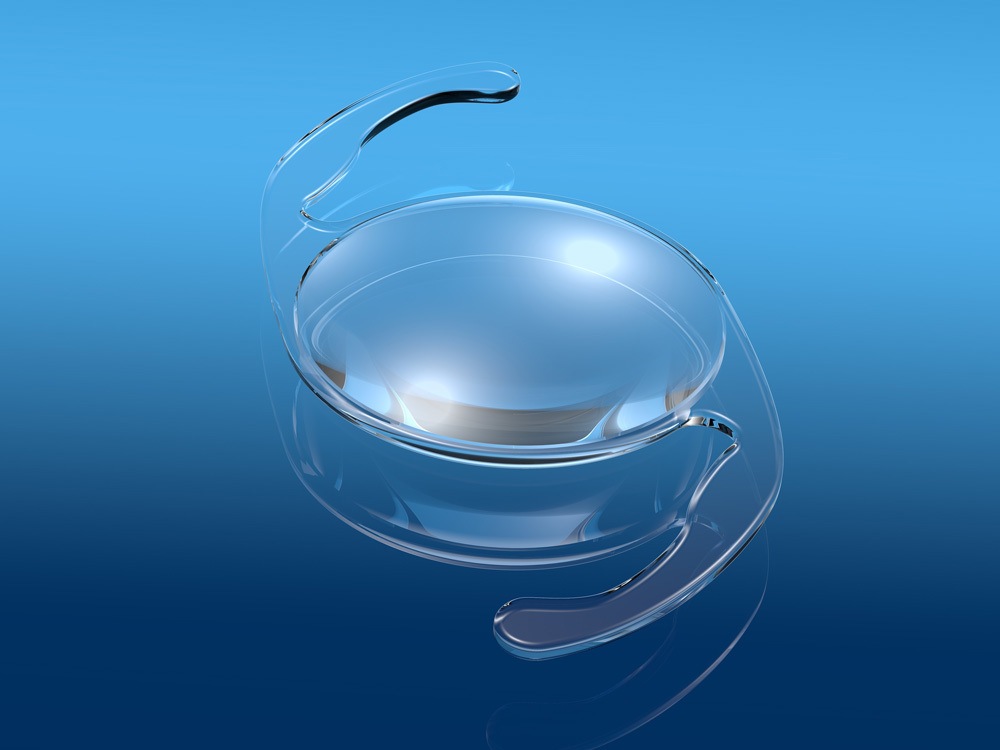Brief about Cataract
What is Cataract
A cataract is a cloudiness or opacity of the eye’s natural clear lens. It obstructs the passage of light to the retina of the eye and impairs vision. When the lens develops cloudiness to the point that it impairs vision, it is called Cataract. It is like looking through a frosted glass.
Symptoms
- Progressive and painless blurring of vision is the commonest symptom.
- The blurring of vision may be more marked in bright light.
- Brightness and contrast of the image decrease in early cataract. Some individuals experience glare while driving at night.
- Colors may become less distinct. Later on the vision deteriorates and interferes in day to day activities.
- Seeing multiple moons at night also suggests cataract.
- Pain, itching, redness or watering of eye are not symptoms of cataract. Cataract usually develops in both eyes, but may progress at different rates.
1. Age-related cataract: Most cataracts are related to aging.
2. Congenital cataract: Some babies are born with cataracts or develop them in childhood, often in both eyes. These cataracts may not affect vision. If they do, they may need to be removed.
3. Secondary cataract: Cataracts are more likely to develop in people who have certain other health problems, such as diabetes. Also, cataracts are sometimes linked to steroid use.
4. Traumatic cataract: Cataracts can develop soon after an eye injury, or years later.


Treatment available
MICS( Minimal Incision CatarcatSurgery-Phacoemulsification
It is no stitch small incision cataract surgery. The incision is only 1.8mm – 2.8mm long. Phacoemulsifier is special medical equipment that is used to remove cataract. The minute (2.6mm or smaller) incision is self-sealed and needs no suture or stitch to close it. The patient will be back to normal activities within a few days, including attending office or even doing heavy manual work.
There are 3 treatment options available for cataract:
MICS with Phaco Emulsification with Foldable lntraocular Lens Implantation SICS ECCE (conventional method)
I. Micro Incision Phaco Emulsification with Foldable lntraocular Lens Implantation
Cataract extraction by Phaco Emulsification through a 1.8 mm incision and implanting a Foldable lntraocular Lens is a definite technological advancement from the conventional surgery. The lens is injected into the eye through a small incision and it opens up within the eye like a flower.
Advantages:
Wound healing is very fastThe shorter overall duration of surgery Less postoperative discomfort Minimum post operative restrictions Wound stability is far better since the entire surgery is done through a very small opening (Suture Less)Induced astigmatism is minimalDecreases glare because of the superior surface quality of the lens
However, patients will need glasses for reading. If the patients don’t want to use the glasses, they can opt for multifocal IOL.
Il. SICS (Small Incision Cataract Surgery)
The clouded cataractous lens is extracted by fragmenting it into tiny pieces with ultrasound energy and aspirated out with a suction device. The cataract is removed through a small self-sealing wound. There are no sutures applied to the eye. The patient will need glasses for near vision.
Advantages:
Requires no stitches (Incision 2.8 mm) Is non-invasive and painless Early rehabilitation Less induced astigmatism Perfect early restoration of vision
111 ECCE (conventional method)
Requires an incision of 9 mmThe surgeon removes the clouded lens in one pieceA hard rigid lens is implanted, Multiple stitches are required
Increased risk of post-operative distorted vision and complications
Most patients require glasses for both distance and near vision
Toric IOLs (Intra-Ocular Lenses)
A significant proportion of the population has astigmatism (cylindrical refractive errors) that is not corrected with standard IOLs resulting in need for spectacles for both distance and near vision. With the availability of cutting edge technology it is possible today to implant such people with customized IOLs which have capability to correct the cylindrical errors as well. These IOLs are knows as TORIC IOLs and are available in both single focus and multifocal platforms. The use of these IOLs offers greater chances of spectacles free vision to the patient.

Pre and post Operative FAQs
Pre-Operative FAQs
Post-Operative FAQs
You need two visits. The first visit is one day after surgery and the second is two weeks after surgery.
Operative FAQs
We recommend you not to eat.

